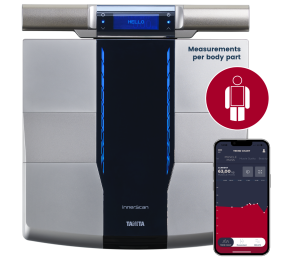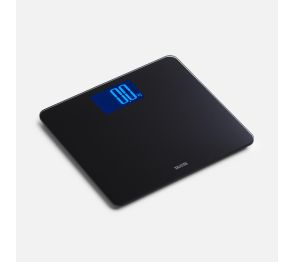Body composition analysis to support new gym joiners


Matt Lawson, nutrition coach, registered dietician and spokesperson for Tanita, details how body composition can be used to encourage and support new gym users on their fitness journey.
While the ‘strong not skinny’ ethos has become more prevalent in recent years, a large portion of new joiners are still beginning their fitness journeys with the sole intent of losing weight.
This is certainly not to be discouraged – nearly 30 per cent of UK adults register as obese, according to the latest figures from the World Health Organisation, and the long term damage this is causing the nation’s health is putting considerable strain on NHS resources. However, it’s important that those wanting to lose weight do not fixate on merely losing pounds and inches, but look to use exercise and a good diet to improve their body’s health overall.
For example, there has been an industry shift against popular, but outdated, BMI measures which only take into account basic height and weight, without accounting for muscle density or water weight. Instead, bioimpedence analysis is being hailed as the most accurate and comprehensive yard stick for health. This looks at the body as a whole, measuring visceral fat levels, muscle mass, bone density, metabolic rate and water levels, to give a limb-by-limb evaluation to clients, and highlighting any potential problems or inconsistencies in the body.
For those new to the gym, the amount of machines on offer may already be a daunting prospect, but it is essential that they are made aware of the value of body composition analysis from the beginning of their journey. It should be incorporated into gym inductions, with a full explanation of how the technology works and what each measurement means.
Once the client has used the body composition scales, trainers should use the analysis as a basis to draw up a personalised fitness and diet plan that will work to address any health concerns flagged by the scales. For example, readings may indicate a low metabolic rate which can be boosted by diet or inconsistent muscle mass on individual limbs which can be balanced out by a select training programme.
Body composition analysis is becoming more frequently used in gyms across the country – for example, Tanita scales are now found in every Virgin Active and David Lloyd gym in the country. But, there is a distinct lack of understanding in the industry towards how it works, or how clients can use it to accurately measure their progression.
To combat this shortfall in knowledge, Tanita has devised a dedicated training programme to improve and upskill the fitness industry’s understanding of body composition and how it can be used to give clients a more bespoke, holistic experience.
The Tanita Training Academy is CPD accredited and will be held on 26th September in London and the 24th October in Edinburgh, with registration open now.
To learn more and sign up for your place on the Tanita Training Academy by clicking here: Sign up





